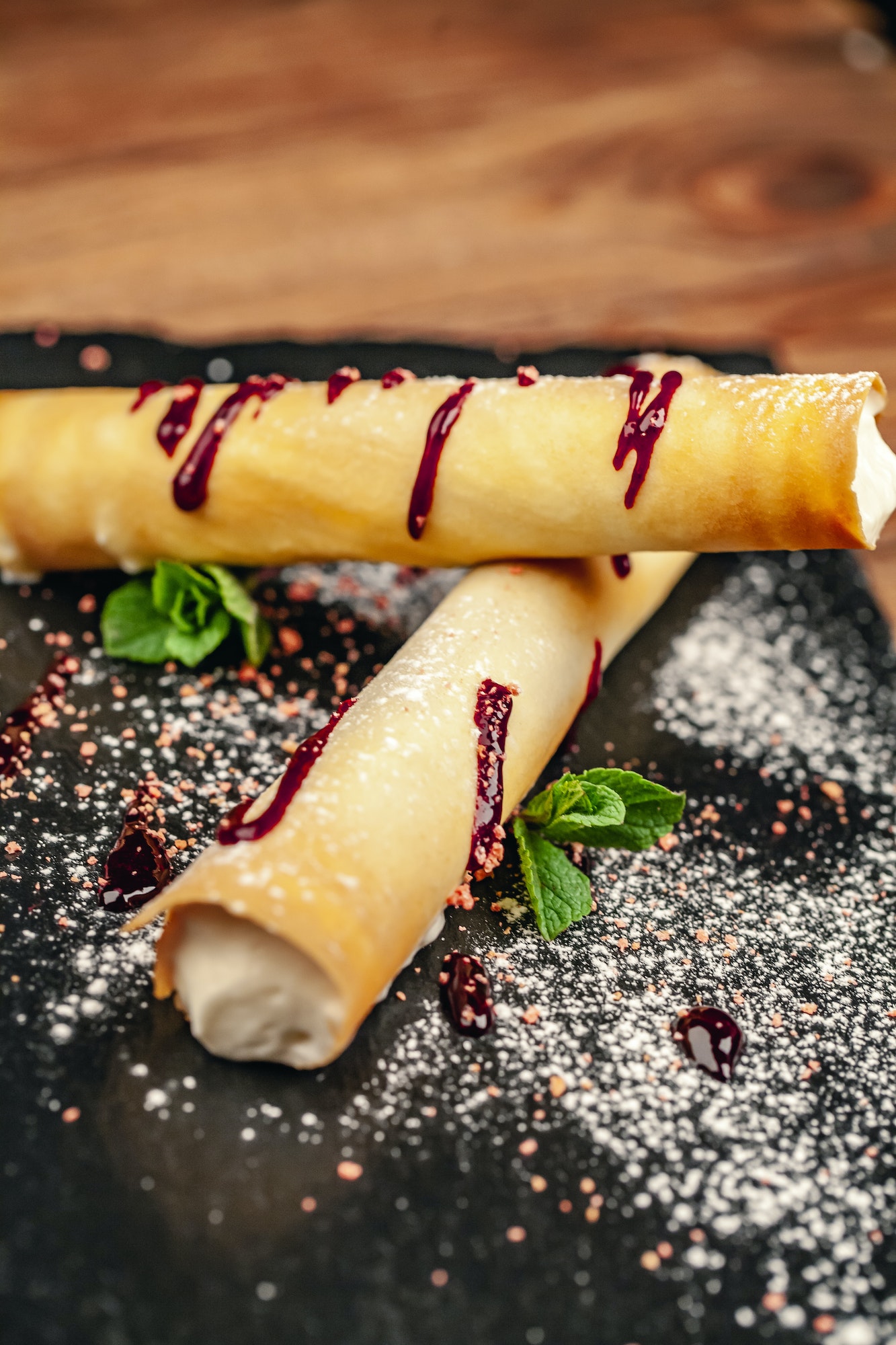Haute cuisine, also known as high-end gastronomy, has always been a symbol of sophistication and innovation. Throughout its history, it has revolutionized the way we perceive and experience food. As society continues to evolve and embrace sustainability, technology, and responsible sourcing, the future of haute cuisine is set to be equally transformative.
Sustainability in Fine Dining
The increasing awareness of the environmental impact of our food choices has led to a growing demand for sustainable practices in fine dining. Chefs and restaurateurs are now focusing on incorporating local and seasonal ingredients into their menus. This not only reduces the carbon footprint associated with transportation but also supports local economies and ensures that diners enjoy the freshest, most flavorful ingredients.
Reducing food waste is another crucial aspect of sustainability in haute cuisine. Chefs are becoming more creative in utilizing every part of an ingredient, embracing “nose-to-tail” and “root-to-stem” cooking methods. These techniques help minimize waste while also introducing diners to new flavors and textures they may not have experienced otherwise.
Promoting responsible sourcing is essential for preserving our planet’s resources while ensuring that future generations can continue to enjoy the world’s culinary delights. Many high-end restaurants now prioritize sourcing ingredients from ethical suppliers who prioritize animal welfare, fair labor practices, and environmentally friendly farming techniques.
The Role of Technology in Haute Cuisine
Technology has always played a significant role in the evolution of haute cuisine, with chefs continually exploring new cooking techniques and equipment to create innovative dishes. Sous-vide cooking, which involves vacuum-sealing food and cooking it at precise temperatures in a water bath, is one such technique that has revolutionized fine dining. This method ensures perfect consistency and tenderness while preserving nutrients and flavors.
As technology advances, we can expect even more groundbreaking cooking methods to emerge. For example, 3D food printing offers the potential for creating intricate designs and structures that would be impossible to achieve by hand. This could lead to entirely new ways of presenting and experiencing food, blurring the lines between culinary art and technology.
Virtual dining experiences have gained popularity in recent years, with many high-end restaurants offering online cooking classes, tasting events, and even virtual reality dining experiences. These options allow diners to enjoy the luxury and creativity of haute cuisine from the comfort of their own homes. As technology continues to evolve, we can expect these virtual experiences to become even more immersive and interactive.
Food delivery services have also expanded to cater to the gourmet market, with some services specializing in delivering Michelin-starred meals directly to customers’ doors. This trend is likely to continue as busy professionals and discerning food lovers seek the convenience of enjoying top-quality cuisine without leaving their homes.
The Future of Haute Cuisine
As haute cuisine continues to evolve and adapt to societal changes, we can expect an increased focus on sustainability, responsible sourcing, and technological innovation. This will result in an even more exciting and diverse range of dining experiences for connoisseurs to enjoy.
At its core, haute cuisine is about pushing boundaries and challenging conventions. With this spirit of innovation driving its evolution, the future of haute cuisine promises to be a thrilling journey for both chefs and diners alike.

